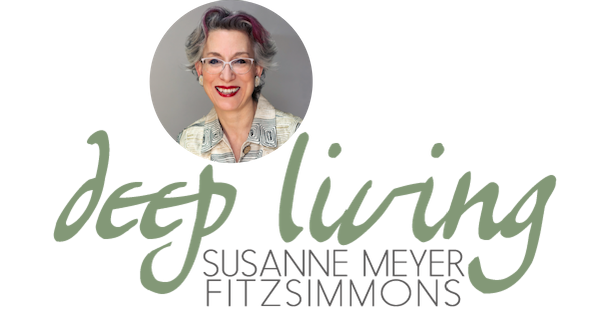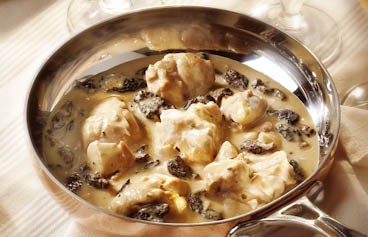I am a bit obsessive-compulsive when it comes to recycling because I want to make sure nothing that doesn't need to go to the landfill goes there. In the kitchen, in the spot originally designed for the trash can, I have a big recycling bin for the usual paper/glass jars/bottles/various packaging items, which the weekly collection truck picks up. A canvas bag hangs behind the pantry door for the returnable bottles and cans for which I get 5c each back from the supermarket. In another canvas bag behind the pantry door I collect recyclable plastic bags - the supermarket has a drop-off bin for them. And then I have a bucket for all the produce scraps, eggshells and tealeaves that we compost in the composting bin in the backyard. I recycle clothing six ways from Sunday - by giving it away, bringing it to the second hand or thrift shops in my area, or dropping it into one of the many clothing drops. Cable, phone stuff and very small electronics go to Best Buy, but a few old phones are lingering on the hallway table while I am trying to figure out what to do with them.
My son always comments that the back of my car looks like a junk yard. Indeed, it can get crowded back there between the mountain of reusable shopping bags, two freezer bags (you never know), various items waiting to be dropped off somewhere, and the carton I use to safely transport my weekly raw milk, yogurt and egg order back from the farm.
The only thing I am really frustrated about is styrofoam. They don't accept it for recycling anywhere in our area and it will linger in the landfill for a million or so years! No kidding!
Also revisit a previous post on the joys of composting and one on wasting less.













